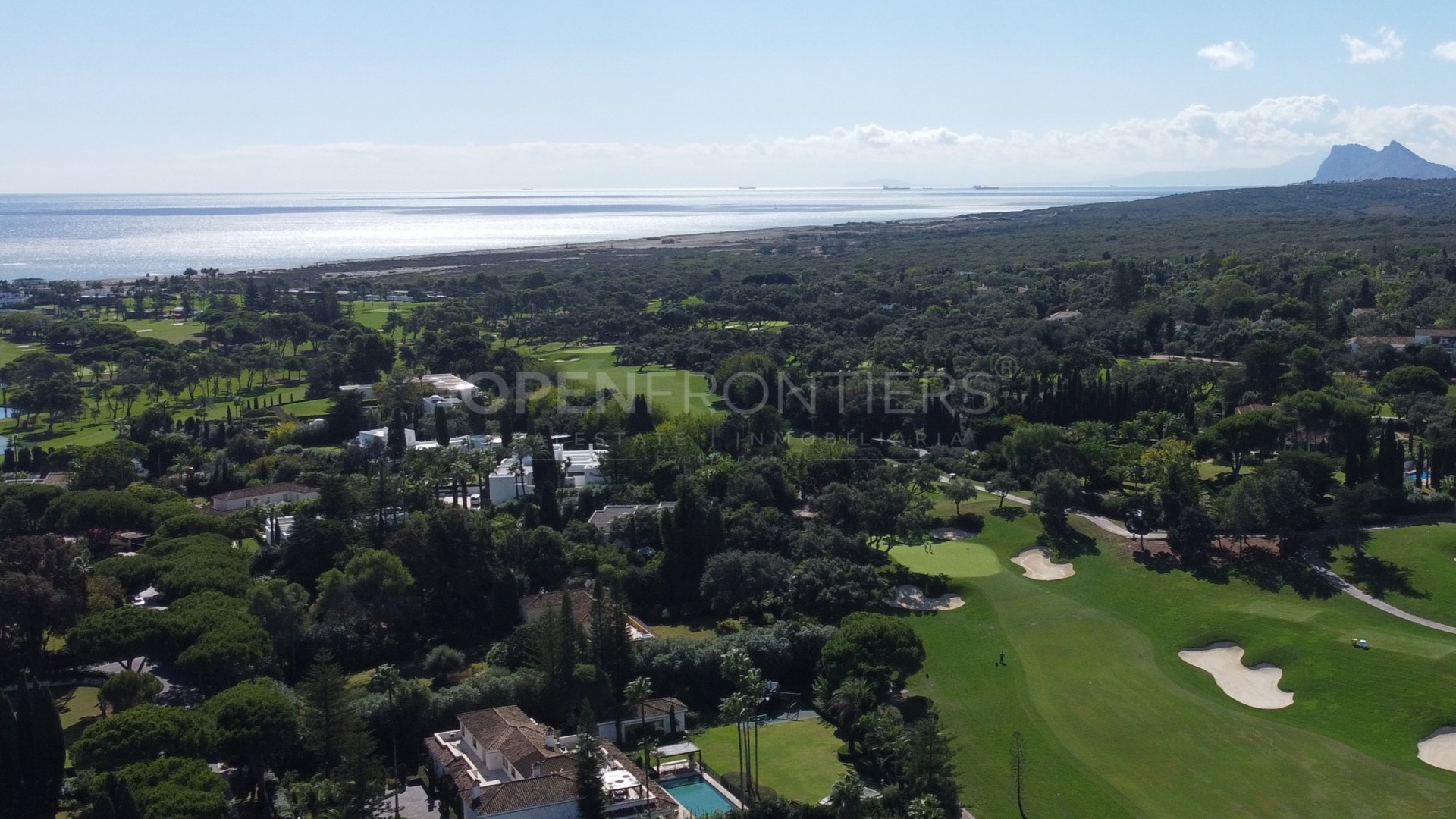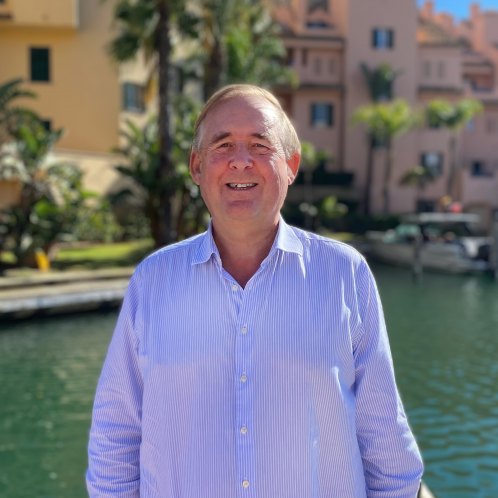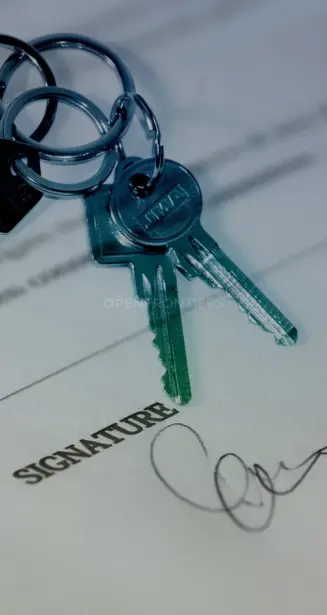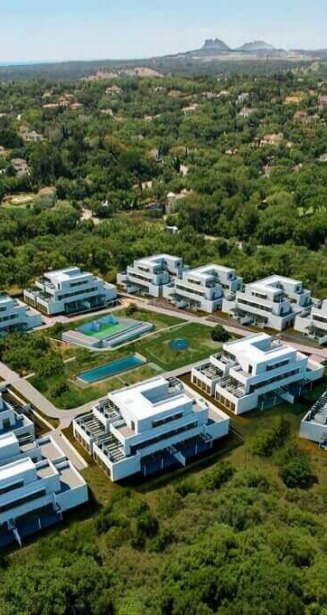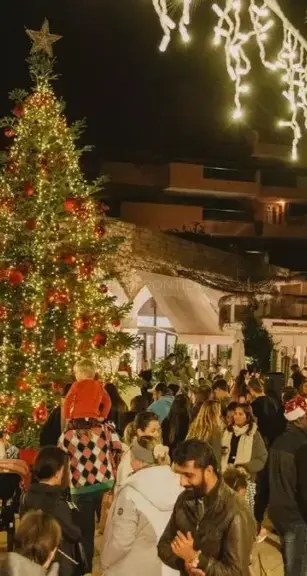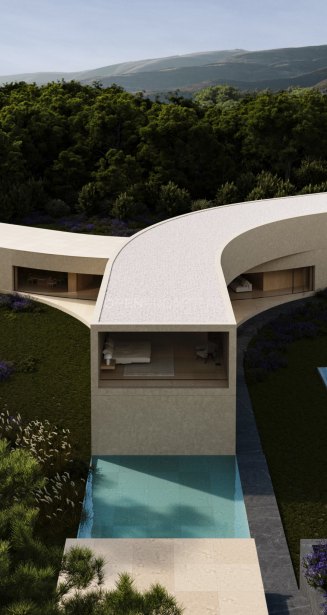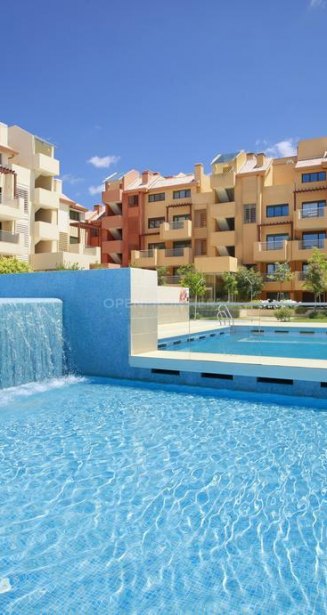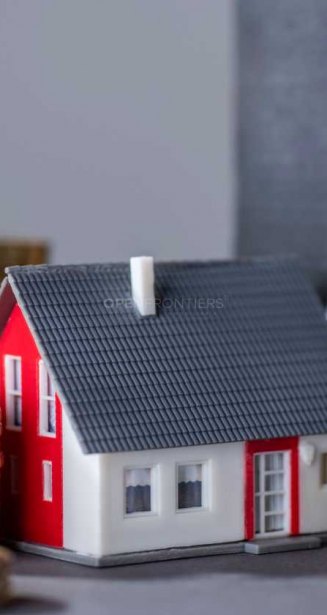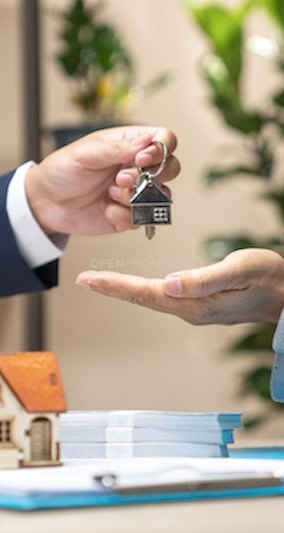Navigating Sotogrande’s Real Estate Zones: From Kings and Queens to La Grand Reserva

A visitor arriving in sotogrande for the first time will be confronted with real estate jargon as to the names of various zones within the resort!
Luckily in the 1998 we created an A to Z map and tried to make navigating around the resort a pleasure and not a military exercise in orienteering.
As a newcomer to Sotogrande you will frequently hear the words “ kings and Queens” and you might be forgiven for thinking you were in some royal spanish compound .
Sotogrande all began in the area we fondly refer to as “ The Kings and Queens.” The first villa would be built in a road named after the famous spanish king, “Fernando el Santo”, ( king Ferdinand the Saint. ) His oficial title “Fernando 111 of Castile.”
The ice had been broken and Sotogrande was in its initial stages of becoming the wonderful resort we all know and love today.
There are now many road’s spanning off “Paseo del Parque “ that hold the name of many illustrious Kings and Queens of Spain. My particular favorite and one of the best roads in Sotogrande: “ Queen Beatrice de Suabia.” Or fondly referred to as Sweaty Betty, by the English speaking fraternity!
I should add that the Kings and Queens area is today the most expensive real estate per m2 in the resort. Prices range from around 600€m2 to over 1000€m2 for a plot alone!
As the resort matured it was decided to give each zone a letter of the alphabet. All roads would have a name of the said letter. Starting with Zone A and B in the late 1970s and early 80s.
It is interesting to note that from the start of building in 1964 to 1972 all real estate available to buy was in the area of the Kings and Queens, Zone A and zone B. We refer to this area as everything below the A7 motorway that divide’s sotogrande into. The area is also known as “ Sotogrande Costa “ and or Parques 1.
In the early 1970 Colonel Joseph McMicking, founder of Sotogrande, offered my family to be the first buyers across the Malaga to Cadiz road. Then a quiet single road. My father, loved the spanish countryside and a sea view, but most of all wanted to be away from the crowds in an area of sotogrande that is cooler in summer and much less humid in winter!
Calle Esmeralda was founded and we were fortunate to be 17 years later front line golf to the iconic 17th hole of the Royal Valderrama golf club.
By the mid 1980s the “ Sotogrande Alto” ( Above the road.) was opening up.
The C zone was moving along nicely amongst the wonderful cork oak trees. And the most interesting D zone, Calle Doñana. Doñana was designated to be an area of very large plots for families interested in stabling horses.
Unfortunately the equine pest of 1987, a terrible disease that wiped out hundreds of horses, forced in new laws of where horses could be stabled. It become illegal to have horses in a predominantly residential area. As a result the town hall exceptionally allowed the plots to be divided. Nobody wanted a 4 hectares plot without horses.
Today the passer-by’s will wonder why such big houses on plots of 1 hectare are numbered 22 A ,22 B and 22 C? Of course the plots had been subdivided into more manageable sizes. Still Doñana is the lowest density street in Sotogrande. The Doñana is after one of the greatest National parks in Europe! El Coto Doñana. (Ironically an estate that used to belong to my father in law!).
We move further up the estate and venture into the F zone. This was started in the early 1990 during a period of real estate crisis. So unfortunately the plots were cut in smaller size’s. Average 1,300m2. This was shame as the views of the F zone are stunning and much larger plots would have been better to help lower the density.
Lowering density become my biggest crusade, when I joined Sotogrande SA in 1998.
My first job was removing and area of townhouses in what is today Calle Fusta. We removed all the Zone from townhouses to villas and increased the average size of the plots! I am sure the neighbors in the F zone were delighted by our decision.
In 1998 we again opted to lower density and we created the G zone around a brand new hotel: The lovely Almenara Hotel. Here we increased the average plot size to 2,250m2. Slowly going in the right direction!
In 2002 we launched “la Reserva “. The name was a play on how spanish wines are categorised. Also the word conjures up the idea of a nature reserve of low density in harmony with the local flora and fauna.
We pushed up the average plot size to 3,000m2. In my opinion this was the optimal size as it gave people a chance to have plots between 2,000m2 and 4,000m2. I was tempted to go to even bigger sizes, like where I live in Calle Doñana. However, we were still not in a market to charge 245€m2 for 10,000m2 plot!
La Reserva was born in a boom period of real estate but unfortunately in her very early teens was to be struck by the worst real estate crash in spanish history: 2008. No more needs to be said.
Sadly it was not until 2014 that the slow recovery began.
I tried to creat “ La Gran Reserva “ in 2011, again the name alludes to the great spanish vintage wines. The area we selected had been programmed to build 500 townhouses! This was unviable and no developer could imagine trying to build and sell so many units; even in staged phases. I managed to persuade my boss, an enlightened guy, to go for ultra low density with plots up to 10,000m2. To my delight he agreed and we set about creating “ la Grand Reserva” using the booted eagle as or logo. The area was abundant with wild life and large plots would hopefully help the flora and fauna.
Unfortunately, the crisis stopped the project. However, thank goodness it also eliminated any project of 500 townhouses. I was delighted.
In 2015 the old developer Sotogrande SA changed hands and a real estate fund took over. Fortunately, we used the concept of “La Gran Reserva “ as the major broking point to sell the resort. It worked a treat and I am pleased to say that the area, whilst not called “Grand Reserva” is today, like Calle Doñana, one of the lowest density areas in the whole of Sotogrande.
The 7 and the 15 are exactly what we envisaged back in the dark days of 2011.
Low density had won the battle against the awful tendencies of developers in Spain to force high density projects! Just drive to Malaga and you will quickly appreciate what I am saying.
In this article I have just touched upon the zones of sotogrande reserved for plots of land, where only individual luxury villas can be built. The reader will notice that throughout the history of the resort, since 1964, the will to lower density has been a strong vein throughout. Not always easy, especially in time of crisis, but proven in the long run to be the best way! Only then can you hope to sell houses for 20,000,000€.
